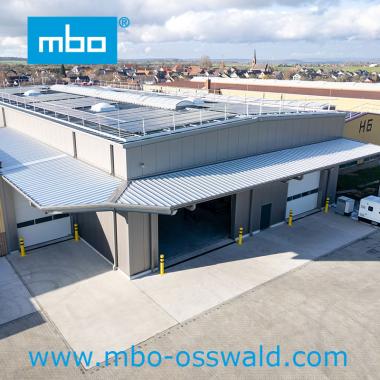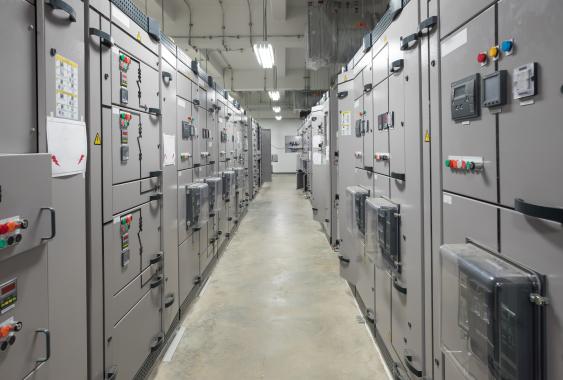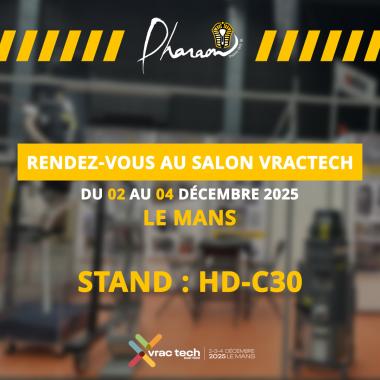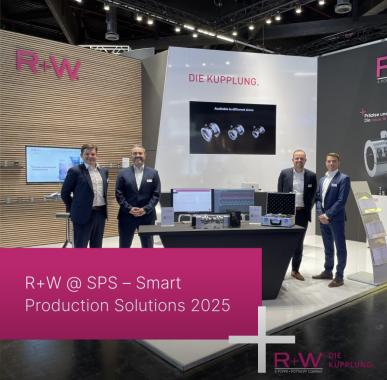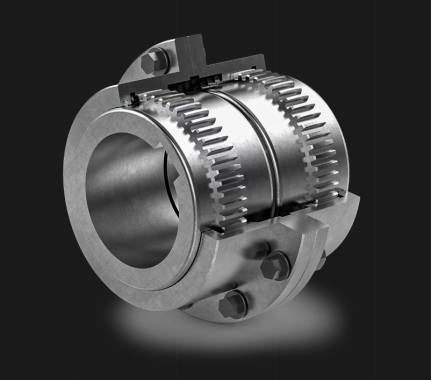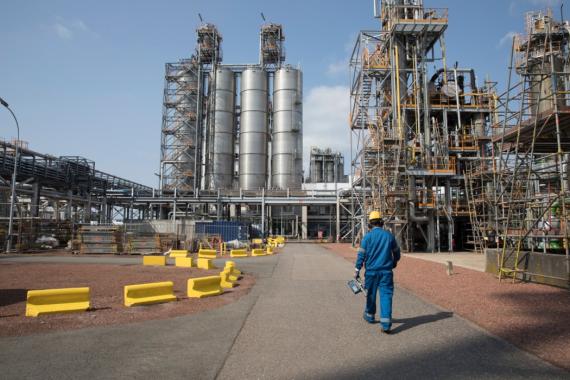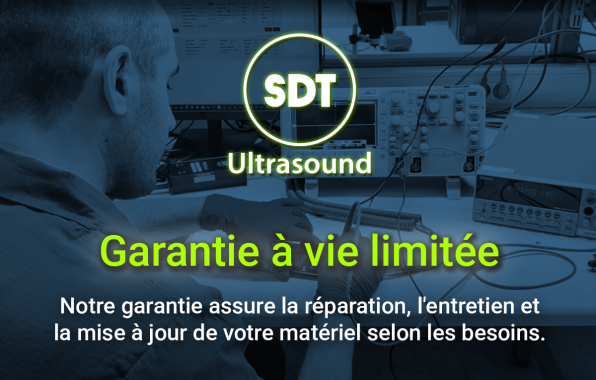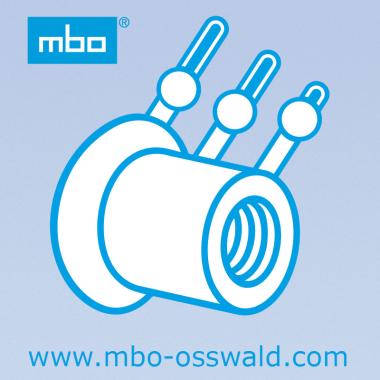How can productivity be increased by taking measurements directly on the production line?

Faced with increasingly tough competition, manufacturers must constantly meet the challenge of productivity. In other words, improve their performance while maintaining a high level of quality and reducing their costs. One of the levers of this optimization lies in the control-measurement of parts. It is still necessary to choose the most efficient equipment or process. Lighting.
Guaranteeing the quality of the parts produced and compliance with the dimensions provided by the customer is an absolute imperative for manufacturers. A requirement that is still on the rise in favor of major automotive or aeronautical customers for whom zero-defect parts suffer no compromise. Therefore, control-measurement is essential during manufacturing. With the key, many advantages such as the reduction of the scrap rate, a more efficient productivity and a possible adaptation of the production tool.
Time-consuming traditional methods
For many years and until recently, control-measurement was carried out in a room isolated from the production line or the machining machine. The devices used required a constant temperature, thus far from the heat given off by the equipment in the workshop, but also far from the dust inherent in the manufacturing process, which could falsify the results of the measurement.
Traditionally, the parts after machining were therefore extracted from the machine tool to be checked. In the event of a deviation from specifications and the need for rework, the part had to be reassembled on the machine, thus generating positioning uncertainties. This resulted in difficulties in producing a compliant or acceptable part. In addition, the control operation could last from several tens of minutes to several hours.
Accelerated control
Industry 4.0, also called the industry of the future, has imposed new rules for controlling parts. As part of this 4th industrial revolution, which promotes the integration of digital technologies, action plans have generated the implementation of control solutions directly in the workshop or on the production line, with machines and robots designed to withstand high temperatures. Results are no longer influenced by dust or fumes. The systems can quickly measure and evaluate the most complex parts, thus generating a real gain in productivity.
There are many control tools, such as, for example, universal comparators that complement the performance of coordinate measuring machines (CMMs), portable measuring arms, force sensors dedicated to new materials such as composite materials, microwave scanners for checking non-metallic materials passing on conveyors…
The use of these technologies contributes to enriching the data collected while guaranteeing better traceability for each product. On one condition: install the sensors as efficiently as possible. For this, it is necessary to study the most sensitive points of the production tool, in order to reduce the scrap rate as much as possible. In this way, it is possible to implement immediate actions to correct the reasons behind any faults.
An innovation to watch closely
Today, thanks in particular to the concerted work of experts from Cetim (Technical Center of the Federation of Mechanical Industries), Énise (National School of Engineers of Saint-Etienne) and the School of Mines of Saint- Etienne , gathered in the Luppiam laboratory, a new approach has emerged. This is metrologically assisted machining. It consists in integrating measurement as early as possible in the process of machining parts by machine tool. It presents different aspects, integrating in the machining process:
· Toolpath corrections, linked to measurement on the machine tool;
· Rework corrections based on a measurement after machining and disassembly of the part from the machine tool;
· Measurement sensors to monitor the stability of the machining process and consider maintenance if necessary;
· Measures integrated into the machining cycle in order to react without dismantling the part.
The parts can thus be inspected directly on the machining machine tool without lengthening the process and with less risk of errors.
Immersion in the technologies of the future
Already, many laboratories are focusing on experimenting with the performance of several systems intended to facilitate certain operations with non-contact processes such as laser or water jet cutting and precision assembly. High pressure water jet technology cuts material. With the laser, a beam guided by mirrors also cuts a material, but can also engrave it. As for precision assembly, it concerns assemblies of small machined parts, to the nearest micrometer. So many processes that require even more precise control and measurement systems.
Our other news
See allJoin the largest community of industrial suppliers
- Helping you with your ongoing technology watch
- Provide you with detailed supplier statistics
- Give you international visibility
Discover the largest catalogue of industrial products on the market
- To offer you the best catalogue of industrial products on the market
- To guarantee you a 100% secure platform
- Enable you to have live remote exchanges


 Français
Français 